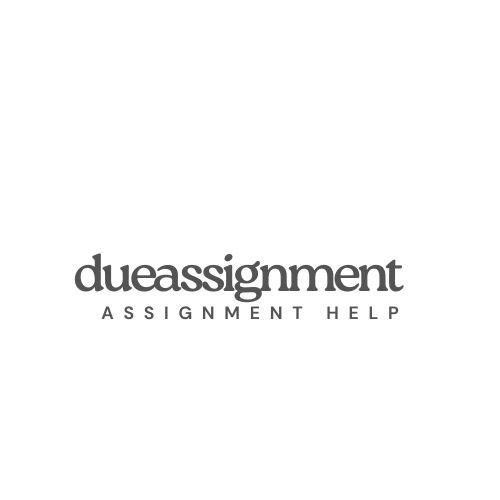SOLVED28
Answer the following off of the below information A nurse is providing discharge instruction to a client who has recovered from a transient ischemic attack (TIA). Which of the following should the nurse teach the client regarding risk of reoccurrence of a TIA or stroke? (Select all that apply). Monitor blood pressure at least daily and report elevations to the provider. If the client experiences anxiety, the provider should be notified. Decrease smoking until all manifestations of TIA are resolved. Report manifestations of depression to the provider. Avoid intake of alcohol within 90 days after discharge. Pathophysiology The left and right hemispheres of the brain are supplied with blood by the anterior, middle, and posterior cerebral arteries, which originate from the internal carotid arteries. The posterior cerebral artery originates from the vertebral and basilar arteries and supplies the brainstem, occipital lobe, and other posterior structures of the brain. An acute occlusion of an artery supplying the brain disrupts blood flow and causes cerebral ischemia. When the flow of blood to the brain is disrupted, brain cells are deprived of oxygen and begin to die. During an ischemic stroke, sudden loss of circulation of blood results in disruption of oxygen supply and causes neurologic dysfunction. Unlike a TIA, brain cells in the affected area experience hypoxia because the disruption of blood flow and ischemia are not temporary. Long-lasting brain damage may cause disability or death. Most strokes are ischemic strokes, which occur when embolisms or plaques block arteries that supply the brain. A cardioembolic stroke is a type of ischemic stroke that is caused by an embolism that originates in the heart. Hemorrhagic strokes occur when a blood vessel in the brain leaks or ruptures causing increased pressure on the brain. A subarachnoid hemorrhage (SAH) that causes bleeding in the brain results in increased intracranial pressure (ICP), decreased blood flow to brain tissue, and cerebral ischemia. ISCHEMIC STROKE AND HEMORRHAGIC STROKE Focal deficits that occur as the result of a stroke are specific to the location of the brain in which ischemia occurred. Because motor and sensory neurons cross to the other side of the spinal cord as they exit the medulla oblongata, the effects of a right hemisphere stroke are evident on the left side of the body and the effects of a left hemisphere stroke are evident on the right side of the body. Effects of strokes that affect the cerebellum include ataxia, facial weakness, decreased LOC, and sensory losses. Common Deficits with Right and Left Hemisphere Stroke Right hemisphere stroke • Left hemiparesis and hemisensory loss • Right visual field loss (hemianopsia) • Aphasia Left hemisphere stroke • Right hemiparesis and hemisensory loss • Left visual field loss (hemianopsia) RIGHT AND LEFT HEMISPHERES Epidemiological and Etiological Risk Factors Etiology Stenosis or atherosclerosis of large intracranial and extracranial arteries (cerebral, vertebrobasilar, carotid) and atherosclerosis of the aortic arch are major causes of ischemic strokes. Twenty to 30% of ischemic strokes are caused by disease of small cerebral blood vessels. Common causes of hemorrhagic strokes are leakage of blood from small cerebral arteries that have been damaged over time by hypertension and leaking or rupture of aneurysms. aneurysms Risk Factors The most common risk factors for disease of the small cerebral vessels include hypertension and diabetes. Hypertension is estimated to be the cause of 50% of ischemic strokes and the main cause of hemorrhagic strokes. Severe obstructive sleep apnea, heart valve disease, and myocardial infarction have been associated with increased stroke risk. High blood pressure and aneurysms are major risk factors for hemorrhagic strokes. Modifiable risk factors, including hypertension, hyperlipidemia, smoking, vaping, physical inactivity, unbalanced
SCIENCE
HEALTH SCIENCE
NURSING
******CLICK ORDER NOW BELOW AND OUR WRITERS WILL WRITE AN ANSWER TO THIS ASSIGNMENT OR ANY OTHER ASSIGNMENT, DISCUSSION, ESSAY, HOMEWORK OR QUESTION YOU MAY HAVE. OUR PAPERS ARE PLAGIARISM FREE*******."

